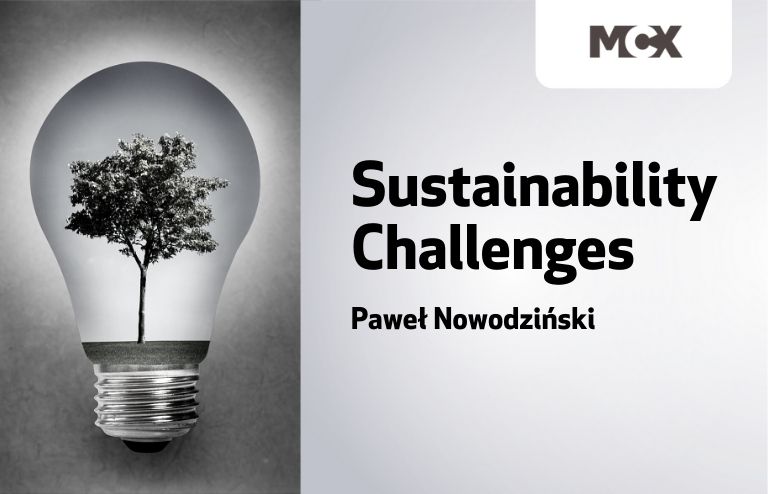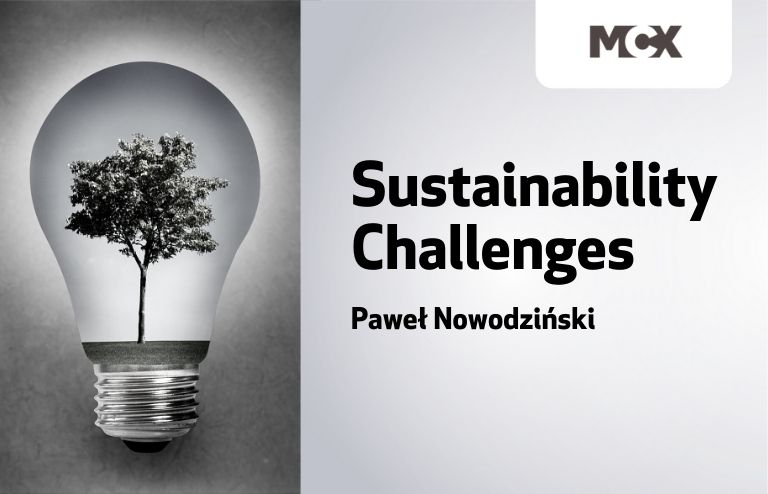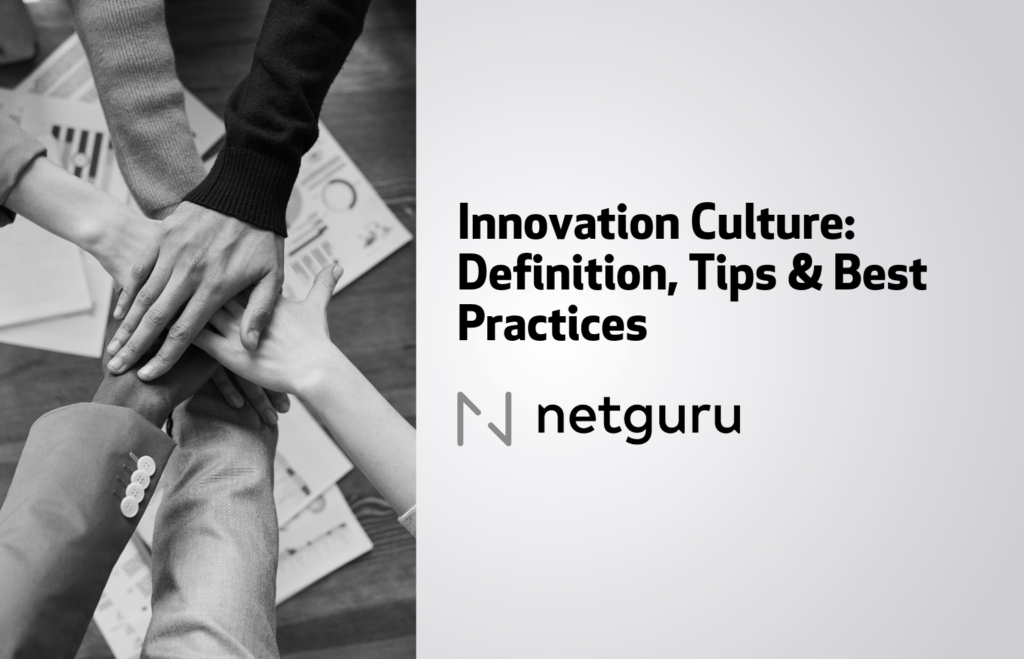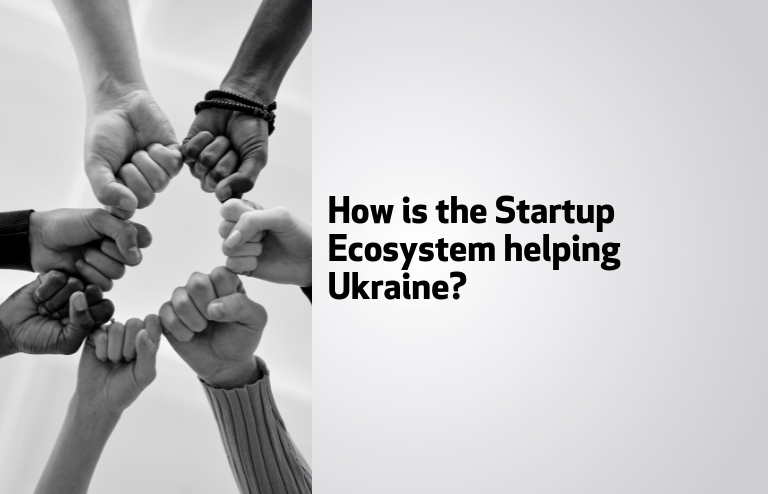Paweł Nowodziński, MCX Group
We can find a large number of articles on sustainability challenges; books, white papers and so on. However, in simple words, sustainability means meeting our own needs [as a mankind] without compromising the ability of future generations to meet their own needs. In addition to natural resources, there are social and economic resources required as well. Sustainability is not only related to the environmental issues. It is also related to social equity and economic development. However, the main challenge of sustainability is still strongly correlated with the preservation of a communal environment for future generations. While the concept of sustainability is a relatively new idea, the movement as a whole has roots in social justice, conservationism, internationalism and other past movements with rich histories. By the end of the twentieth century, many of these ideas had come together in the call for sustainable development.
Sustainability and in broader view the sustainability strategy attempts to bridge social science with environmental science and with the technology of the future. It’s time to think about renewable fuel sources, reducing carbon emissions, protecting the environment and keeping the fragile ecosystems of our planet in stability. In short, sustainability protects our natural environment, human and ecological health, while driving innovation and not compromising our way of life.
Major sustainability challenges that the world faces
Environmental sustainability can be seen when an ecological integrity is maintained, all of earth’s environmental systems are kept in balance while natural resources within them are consumed by humans at a rate where they are able to replenish themselves. Economic sustainability, on the other hand, can be understood as requiring that a human communities across the globe are able to maintain their independence and have access to the resources that they require, financial and other, to meet their needs.
Economic systems are intact and activities are available to everyone, such as secure sources of livelihood. Respectively, social sustainability perceives and respects universal human rights. Basic necessities are attainable by all people, who have access to enough resources in order to keep their families and communities healthy and secure. Healthy communities have just leaders who ensure personal, labor and cultural rights are respected and all people are protected from discrimination.
Along the same lines, “The Millennium Development Goals (MDGs) mark a historic and effective method of global mobilization to achieve a set of important social priorities worldwide. They express widespread public concern about poverty, hunger, disease, unmet schooling, gender inequality, and environmental degradation. By packaging these priorities into an easily understandable set of eight goals, and by establishing measurable and timebound objectives, the MDGs help to promote global awareness, political accountability, improved metrics, social feedback, and public pressures”[1].
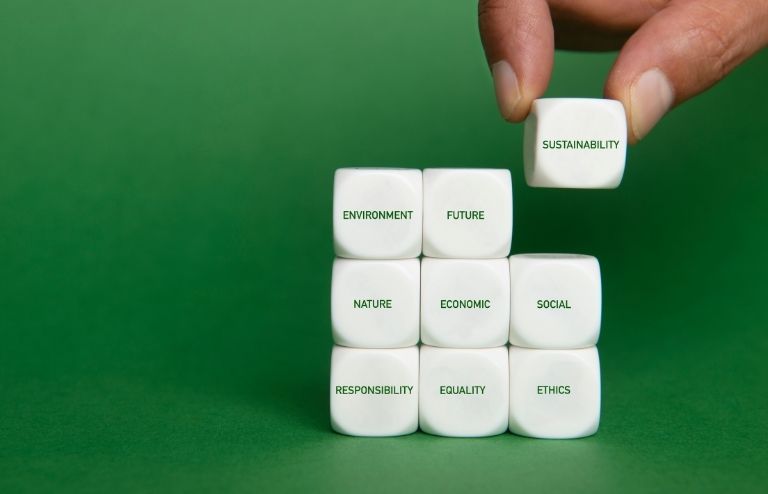
Challenges of environmental sustainability
The new climate strategy, presented in February by the Vice-President of the European Commission, Frans Timmermans, emphasizes the adaptation measures that, according to the EC’s plan, should be undertaken by as many people as possible. “The Covid-19 pandemic has made it clear that insufficient preparation can have serious consequences. There is no vaccine against the climate crisis, but we can still fight it and prepare for its inevitable consequences. The effects of climate change are already suffered the European Union. The new strategy of adaptation to climate change enables us to accelerate and scale up our preparations. If we prepare now, we still have a chance to build resilience to climate change in the future” argued Timmermans. We can easily list, calculate and prioritize the extensive global environmental issues which we need to resolve by 2030: [2]:
- Global warming due to CO2 emissions. The climate change is accelerating and threatens the whole global ecosystem by causing serious meteorological disasters like droughts, fires and floods, which are becoming increasingly frequent and more extreme. So, it is strongly advised to mitigate the climate change.
- Air pollution and water contamination. Experts estimate that nearly 90% of humanity breathes polluted air. That’s why, it is important to reduce air pollution and minimize the use of chemicals, treating more wastewater – to cut rates of respiratory illnesses, thus preventing seven million deaths a year. Contaminated water also causes major health problems.
- Pollution of the oceans, seas and inland waters. The oceans have become the giant waste dumps for plastic and other synthetic materials. Due to economic advancement of many economically underdeveloped regions – there are serious environmental problems related to the oceans such as damage to ecosystems from dumping pollutants, wastewater and fuel spills.
- Slow energy transition and insufficient share of renewable energy. Quite a number of the world’s population lacks access to electricity and depends on fossil fuels for cooking. This situation requires an energy transition towards a cleaner, more accessible and efficient model based on the use of renewable energy sources to build communities that are more sustainable.
- Uncompromising food production harms. Overexploitation of natural resources and disturbance of the environment depletes the soil and damages the marine ecosystems. It requires focus and consideration in order to change the food production model and food habits, including a more plant-based diet featuring local ingredients to save energy and reduce gas emissions.
- Animal species extinction and destruction of their natural habits. The experts from UN call for protecting biodiversity and undertake conclusive actions to put an end to these threats and conserve our natural heritage, including our increasingly threatened forests.Animal species extinction and destruction of their natural habits.
- Significant development of modern cities and agglomerations without a transparent and comprehensive urban strategy. The growth of cities, which will need to accommodate around 5 billion people by 2030, will be another of the decade’s big environmental challenges. The metropolises of the future will need to be compact, safe, inclusive, ecological and energy efficient, with more green spaces, more environmentally friendly buildings and more sustainable methods of transport which put the needs of pedestrians above those of traffic. Due to such circumstances there is a necessity to create and maintain sustainable urban development and mobility.
- Hydric stress and water scarcity. The lack of this resource affects more than 40% of the world population, and according to the World Economic Forum, agriculture accounts for more than 70% of the water used in the planet’s most arid countries. The responsible use of hydrological resources will improve food and energy production, as well as protecting the biodiversity of our water ecosystems and helping us slow climate change.
- Overpopulation and waste management. The world population is expected to exceed 8.5 billion by 2030, forcing us to considerably reduce the amount of waste we generate through prevention, reduction, reuse and recycling as part of the circular economy, with the aim of minimizing the impact on health and the environment.

Challenges of economic, business and social sustainability
One of the most important challenges faced by business managers today is the integration of sustainability into their core functions. The contemporary enterprise is forced to leap forward from the mere adoption of green practices toward rethinking, redesigning, and redeveloping business practices in a more sustainable way.
Most of the initiatives in this attempt have so far emphasized primarily the economic and environmental aspects of sustainable development and overlooked the social dimension of sustainability. As more organizations commit to sustainability, there is an increasing concern to incorporate social sustainability throughout their business operations. Economic and environmental sustainability can be driven together with core social factors including fairness and equality, poverty, health, education, delinquencies, demography, culture, and employee engagement within an organization. A trend of formulating sustainable business strategies should emerge for organizations based on social indicators to attain the ultimate sustainable outcomes.[3].
Demands for sustainability policies have set new challenges for business both on the individual firm level and on the level of organized and aggregated business interests. Business increasingly participates in co-regulatory and self-regulatory arrangements along national governments, international [4] organizations, civil society and private-public institutions. These arrangements span multiple political arenas and jurisdictions from the community level to international relations.
Fair trade and energy consumption labels, accounting and transparency standards as well forest certification and emissions trading are well known examples of the increasing role of business in the dynamic regulatory space. According to such framework – main problems can be distinguished[5]:
Poverty and youth unemployment. In emerging and developing countries (markets), poverty and youth unemployment should gain traction. That means looking at issues like job creation and integration of the underserved in businesses’ target market and supply chain.
Advancing the circular economy. Circular economy will be the most important sustainability issue in general. Circular economy could be the best path to sustainability, especially for multinational companies. It is important due to limitation of natural resources. The circular economy means that waste becomes a resource input. Closing the circle of resource supply and disposal lets us stop depleting virgin resources and contributing to pollution. Carbon emissions, plastic pollution, water quality concerns, can be an issue of the past. Building the circular economy requires innovative new products and collaboration across sectors.
Government action. Without strong and clear signals from government, companies have difficulty making the business case for developing projects to support the Sustainable Development Goals (SDGs). Those policy signals are missing globally. Political uncertainty is reducing or delaying their sustainability efforts. Government plays a critical role in creating a framework that demands action from businesses in order to see system-wide change. We need good practices of sector collaboration and public-private partnership around SDGs implementation.
Climate change – performance monitoring. We are already dealing with impacts from the climate crisis. We need information on how companies and countries are performing regarding reduction of GHG emissions and other actions to fight climate change. If we could see the performance reported in a standardized way, monthly, we would have more insights on priority areas – for companies, governments, associations, etc.
Holistic thinking and action. The most critical issue for business is not so much a singular issue, but the complexity and interaction between different sustainability issues. A single-minded focus on climate change is inadequate. Climate change is connected to everything from the way our economy operates to the way our society is organized. Companies and others need to deal with sustainability issues in a more integrated manner.
Social justice in climate transition. Focus on climate change is outstripping the ability to manage a more holistic, human-centered, socially just approach. Due to focus on the clear need to address climate change, we are not spending enough time deeply considering how to achieve this in a socially just manner. If we fail to transition workers, for example, simply expecting that they will retrain into the new energy technologies, we risk serious misalignment of labour skills and supply vs demand. The result may be so damaging to our social fabric that even those nations with well-developed social programs may not be able to cope with the global instability. We should anticipate and mitigate the issues, so that we support the efforts of all sectors – business, government, civil society, academia – to work towards a socially just transition to an economy based on low or no carbon.
Business influencing policy. Tackling sustainability is not just about making the operations green. Real change requires building a social movement and pressuring politicians to implement change at scale. So far, corporations are just making nice statements about the need for climate action. They need to advocate for climate policy and educate customers and employees.

Solutions for sustainability
How can we cope with it?
According to the McKinsey experts – these following technological innovations will shape the sustainability agenda in years to come [6]:
Public electric transport. It’s not only individual vehicle owners who have better access to electric vehicles (EVs) than ever before. Although eBuses have higher acquisition prices due to upfront battery costs, their total cost of ownership is lower. They also eliminate local particulates, including SOx, NOx, and CO2, which are all a major issue in most cities today.
Electric trucks. With personal electric vehicles grabbing more and more market share, commercial fleets could follow suit rapidly. Adoption of battery electric commercial vehicles (BECVs), especially in the light- and medium-duty segments, could surpass the car EV sales mix in some markets by 2030.
Cheap energy storage. The new age of electric vehicles has rapidly expanded the market for lithium and cobalt batteries—and reduced their price. Industry and utilities are finding broader use for them as energy-storage solutions. With prices for batteries rapidly dropping, they are proving valuable to reduce power costs, increase reliability and resiliency, and make power systems more flexible to operate.
Long-term storage. A new series of innovators believe they are close to developing long-duration storage technologies. What’s clear is that if long-term energy storage works, the price of power will decline significantly. These long-term solutions could eliminate the cost incurred through the underutilization of assets and save money by inserting lower-cost generators such as solar and wind in the power supply.
Plastic recycling. 260 million tons of plastic waste is generated across the globe every year, but only 16% gets recycled. The plastics industry has the opportunity to adopt a circular model, which aims to eliminate waste across sectors while creating economic, societal, and environmental benefits. One promising circular process is pyrolysis, which uses heat and the absence of oxygen to reconvert plastic waste back into liquid feedstock. The benefits are economic as much as environmental.
LED light efficiency. Energy-efficient LED lighting is quickly replacing traditional incandescent bulbs and is expected to achieve 84 percent market share by 2030. LED lights will reduce energy consumption by 40 percent by 2030, which adds up to $26 billion in savings adjusted to today’s energy prices.
Accessible solar power. Renewable energy continues to become cheaper and more accessible. While expanding the grid is part of the access solution, countries in sub-Saharan Africa and the Caribbean, which account for a majority of the world’s unelectrified population, are exploring renewable solutions like solar energy to bring energy quickly and inexpensively to millions. Innovative financing plans can help to bring a smart solution for communities that are too far from a reliable grid connection.
Carbon capture and storage. Instead of just focusing on completely decarbonizing the major industrial commodities behind plastics and cement, we can also consider safely capturing the carbon emitted when these commodities are produced.
Carbon capture and storage allows industry to capture carbon at its source, compress it, and move it to a suitable permanent storage site. Several industries are already working to put captured carbon dioxide to profitable use, including manufacturers who use it to make plastics, such as polyurethane. Emerging technologies are quite promising in this area.
Hydrogen in the energy transition. It’s difficult to imagine how we meet ambitious global warming benchmarks without including hydrogen as a critical part of the solution. Hydrogen-led pathways to cleaning up the environment forecast hydrogen powering more than 400 million cars, 15 to 20 million buses, and more than 20 percent of passenger ships and locomotives by 2050
Major issues
As the social ecological awareness grows, the popularity of ecologically sustainable solutions is also growing in construction. This applies to residential buildings – single-family houses, apartment blocks, office buildings and industrial facilities (production halls, warehouses). All of these should be implemented in the spirit of sustainable development.
Sustainable development is not a fashion, but an absolute standard – it is a necessity. Ecology in construction is not only about the environment, but also about real savings – customers appreciate innovative implementations that allow them to optimize the costs of the rented space. In the infrastructure of industrial facilities, technological solutions that are compatible with ecology should be standard. Thanks to this, innovations transform into both environmental benefits and economic benefits for customers. For example, LED lighting should be an absolute standard in all such facilities. It is one of the most common solutions on the market that brings benefits in several dimensions – ecological, economic, and in terms of safety and comfort of employees. Solutions that increase the energy efficiency of buildings should be used.
Already at the construction stage, materials that ensure an appropriate level of thermal insulation should be used. These are solutions that allow to reduce the cost of maintaining the facility and thus save energy, which has an important impact on the environmental issues. Likewise, solutions supporting ecological transport, such as charging stations for electric and hybrid vehicles, currently available in logistics parks, are also becoming a standard. Relevant industry certifications help in assessing the ecological values of commercial facilities, which also allows the assessment of other areas, such as employee comfort or innovation of the technologies used during the construction of the facility. For facility managers, this certification translates into specific savings when using the finished building.
Companies in which the strategy is embedded in corporate social responsibility, and there are more and more of them, are very often interested in the subject of ecology, and take care of the appropriate certification of the implemented project. In turn, the rental of buildings using ecological solutions is becoming more and more popular among customers, and the main arguments in favor of this are not only their high functionality and the possibility of reducing costs and optimizing work, but also emphasizing the issue of corporate social responsibility. Commercial facilities that meet ecological standards become a showcase of the company, testifying to its commitment to environmental protection.
On the other hand, at Zalando the energy is either renewable or carbon-neutral in 90% of its locations. However, the plans of the e-commerce giant are even more ambitious. Zalando has developed a sustainable development strategy. The strategy commits the company to continuously raise its ethical standards. Zalando’s mission is to build a sustainable fashion platform that will have a positive impact on both people and the planet.
That is why we have created the do.MORE sustainable development strategy to change not only Zalando, but also the broadly understood fashion industry – Zalando representatives assure. – Our efforts are not limited to the product itself, but we implement responsible solutions throughout the entire supply chain. Therefore, by 2023, we have decided to further raise our ethical standards and work only with partners who comply with them – they emphasize. New goals are implemented at every stage of the operation and also include the fulfillment of customer orders from 12 logistics centers with a total area of 980,000 sq m. Zalando is committed to increase annual renewable electricity for all locations to 100% by 2025. As the e-commerce giant assures, the facilities have already switched to renewable energy and photovoltaics have been installed to produce their own electricity. Currently, four additional logistic centers are under construction or planned, which will be equipped with PV panels as a standard.
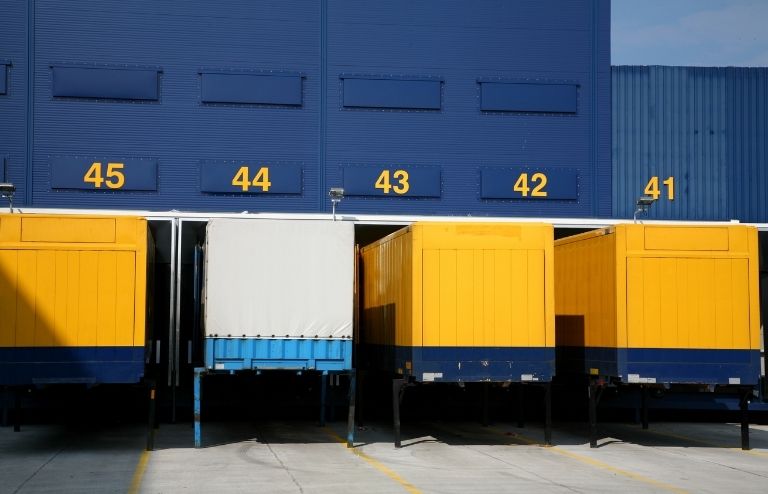
Summary
As Christopher Colbert wrote “With that emerging questioning is coming a growing consensus that for all the wonder and convenience that technological innovation has brought into our lives, it’s clear that it has also brought disconnection, separation and even a loss of understanding of what it means to be human. The pushback is not, nor should it be, on technology, but rather on us and our willingness to step forward to begin to catch up with the technology curve and as importantly, to guide it. The challenge is that in order to guide it, to be able to unleash technology’s full strengths, minimize its weaknesses, to avoid its unintended dark consequences, we must first be willing and able to understand and manage our own. The future of the world and our ability to improve its collective health is directly tied to our ability to bridge the gap between what technology can do and what we must do to realize its best, most human potential. One of the greatest ironies of modern humankind is that we appear to have lost connection with our humanity; that for all our technological advancements, we appear to have regressed in our understanding of us. Reversing that picture may become our greatest innovation, perhaps even our salvation”[7].
The motivations behind sustainability are often complex, personal and diverse. It is unrealistic to create a list of reasons why so many individuals, groups and communities are working towards this goal. Yet, for most people, sustainability comes down to the kind of future we are leaving for the next generation. Sustainability as a value is shared by many individuals and organizations who demonstrate this value in their policies, everyday activities and behaviors. Individuals have played a major role in developing our current environmental and social circumstances. The people of today along with future generations must create solutions and adapt.
Sources:
[1] Sachs J. D., Millennium Development Goals to Sustainable Development Goals, The Lancet.
[2] The Big Global Environmental Issues We Need To Resolve By 2030, ibedrola.com.
[3] Ajmal M., Khan M., Hussain M., Helo P., 2018, Conceptualizing And Incorporating Social Sustainability In The Business World, International Journal Of Sustainable Development & World Ecology.
[4] Lang A., Murphy H., 2014, Business and Sustainability, Springer, Cham.
[5] Top 12 Sustainability Issues in 2020, Network for Business Sustainability, nbs.net.
[6] M. Rogers, These 9 Technological Innovations Will Shape The Sustainability Agenda In 2019,
[7] Ch. Colbert, TECHNOLOGY IS DEAD, Why Most Innovation Fails and What We Can Do About It.
MCX is a partner of MIT EF CEE Spring 2021 acceleration program. Want to work with them – explore what MCX is looking for.
